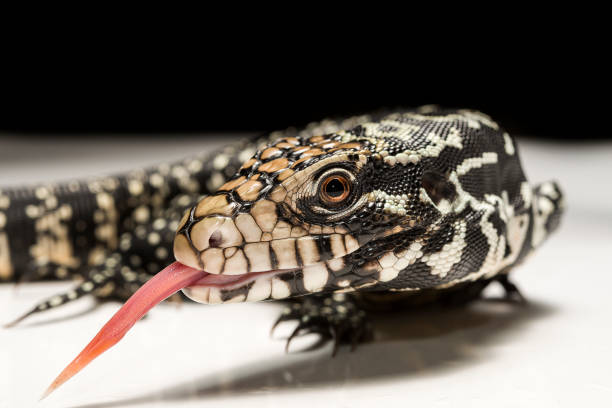How To Set Up A Nebulizer
*This video contains copyrighted material from the Avian and Exotic Animal Clinic of Indianapolis. Complete videos are made available for educational purposes only. No videos or portions of videos may be captured, modified or displayed without written permission.




 (Salvator merianae) and the Red tegu (Salvator refescens).
(Salvator merianae) and the Red tegu (Salvator refescens).